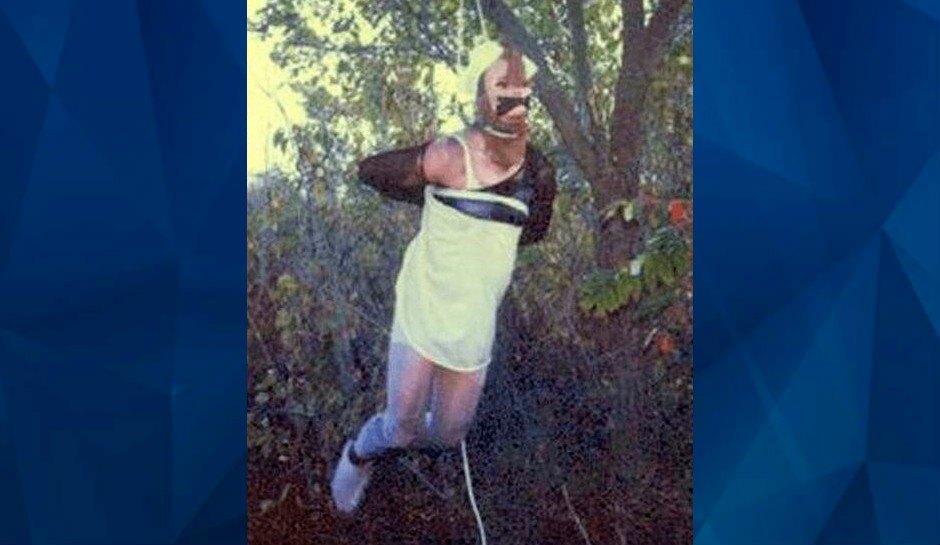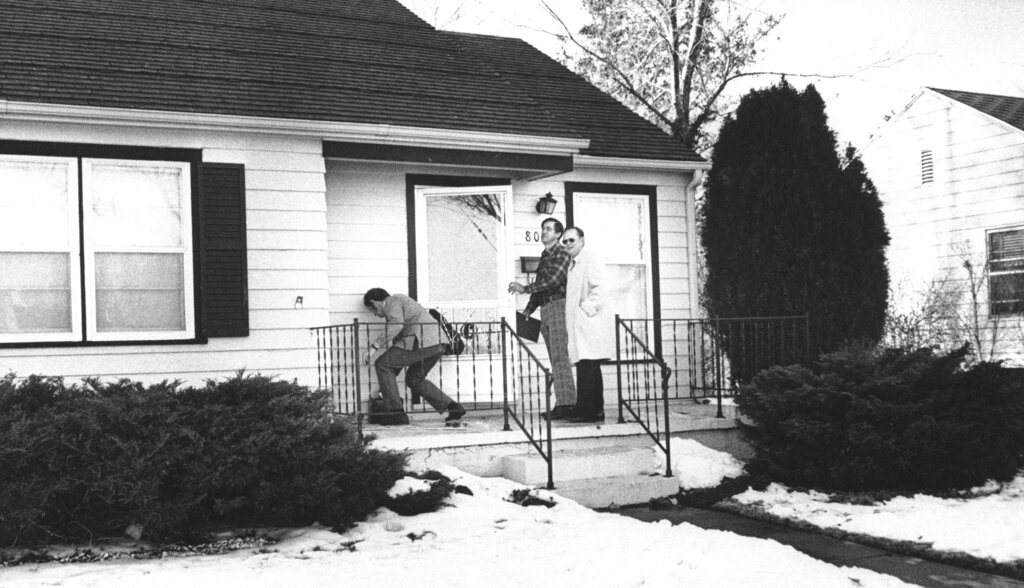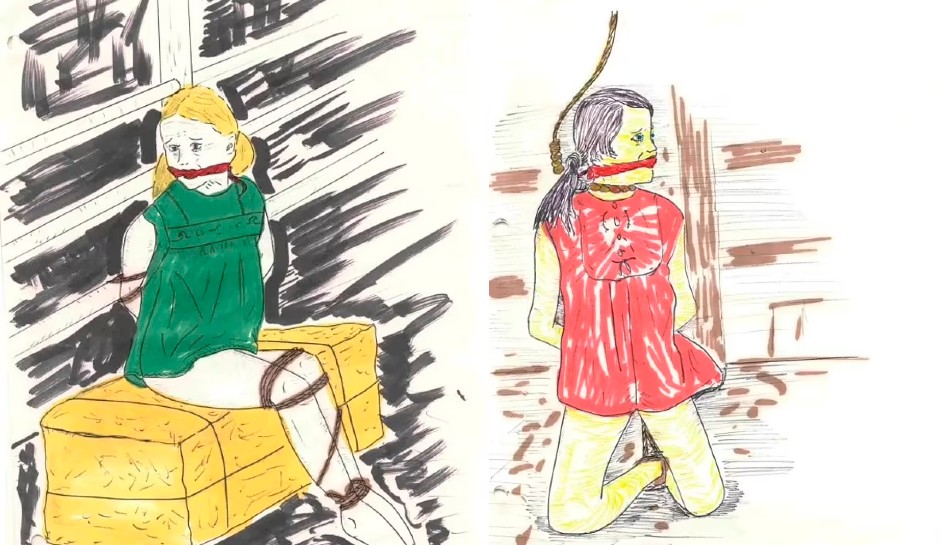In a two-part “Crime Stories” special, experts weigh in after a former Kansas nurse tells CrimeOnline’s Nancy Grace the harrowing experiences she had with the notorious BTK killer, Dennis Rader.
As CrimeOnline previously reported, former nurse Gina Rodriguez says she met Rader in 1974 while at a disco bar connected to a Wichita hotel. Sporting a maroon suit and white shoes, Rader asked Rodriguez to dance, and she obliged, then went on a coffee date with him the following day.
He called himself “Bob White.”
Rader claimed he was from California but was in Kansas on business, Rodriguez told Grace.
When she saw him again, Rader looked completely different, wearing what he called “work clothes” that included a heavy jacket, a hat with flappy ears, cargo pants, and an expensive wristwatch. He also held an “out of place” bag that he claimed had his books inside, Rodriguez said.
Following up on Rodriguez’s statement, Atlanta-area CSI and host of the “Zone 7” podcast, Sheryl McCollum, explained that Rader’s state of mind had likely changed from the first time he met Rodriguez.
“I believe his whole persona was different because his motivation was different,” McCollum said. “This was no longer to meet somebody, to stalk somebody, and select somebody. This was to get that person alone and harm them.”
“He looked different, he acted different because what he was about that evening was completely different.”

Rodriguez managed to elude Rader’s advances to get her alone so he practice his “photography,” but a few years later, she began receiving prank calls. After a while, Rodriguez reported the issue to the phone company but said the employee who assisted her sounded similar to the prankster.
The employee, according to Rodriguez, said, “I’m so sorry” after she explained the menacing calls.
Each time the prank call happened, a man on the other end of the line would say, “I’m so sorry,” and according to Rodriguez, in the same tone as the phone company employee.
Rodriguez later learned that someone had tapped into and manipulated her phone line after the phone company physically checked the wiring.
Rader, according to Sheriff Eddie Virden, served in the military and did antennae maintenance and installation, then worked for ADT from 1974 until 1988. Virden believes that Rader also likely committed murders in Japan while serving overseas with the U.S. Air Force.
High-profile criminal defense attorney and former FBI agent Dale Carson told Grace that Rader’s time with ADT gave him the experience needed to hack into phone lines.
“The ADT connection obviously allows him to understand repairs on the phone lines and the ability to cut phone lines for early alarm systems,” Carson said. “The technology back then allowed you to know if you know a phone number you could find the location.”
“His employment with these various agencies allowed him to have access to the tools and equipment, particularly ADT, necessary to track those lines, and to use them to his own devices.”

Virden added that other victims had also received disturbing phone calls. Rader himself told Virden that he made menacing calls to the Oteros, a family of four found brutally murdered in January 1974.
“If he’s in his ADT uniform, then he can fool with the phone line no one’s going to question him,” McCollum added. “He’s going to say he got called out there. The van fits, the uniform fits, and nobody is going to question it.”
Looking back, Rodriguez wishes that she could have done things differently, but she hopes her story helps people before they become victims of those trying to harm them.
READ MORE
“I was extremely fortunate that I didn’t become one of those victims,” Rodriguez said. “I had made a grave by giving someone my phone number and then agreeing to meet them.”
“I regret that I didn’t call the police. I thought about it a few days after the last phone call when he recited poems to me, but I really thought they would laugh at me. Because what had he really done to me but be weird?”
Rodriguez did eventually contact the police years later. In 1977, Wichita police began talking about a serial killer on the loose who had been terrorizing the area. How police described the suspect was eerily similar to the man at the coffee date, prompting Rodriguez to contact investigators.
She couldn’t give his true name at the time, since he referred to himself by an alias, but when investigators released photos of the serial killer, Rodriguez’s suspicions were confirmed.
“He walks like him, talks like him…just looks older,” she said, adding that she “absolutely” knew the serial killer was the man she briefly dated.
In 2005, police arrested Rader, years after he eluded and taunted investigators and the media. His trail of digital evidence is what eventually helped police capture him. He then nicknamed himself “BTK.” which stands for “bind, torture, kill.”
Following Rader’s arrest, investigators retrieved numerous sketches from Rader’s belongings. CNN obtained several of the drawings, which could possibly reveal additional crimes and victims.

Kansas police found additional evidence in September 2023, while searching Rader’s former Park City, Kansas, home. Old Polaroid images taken by Rader before his arrest mirror the positions Rader placed his victims. The photos also reportedly showed clothing he wore during some shots.
Rader is now serving 10 consecutive life sentences for the deaths of 10 people between 1974 to 1991. The majority of the victims had been strangled.
[Feature Photo: In this image made from video and provided by Court TV, Dennis Rader, 60, of Park City, Kan., speaks in court in Wichita, Kan., Monday, June 27, 2005. Rader, who admitted killing 10 people in the Wichita area between 1974 and 1991, taunted media and police with cryptic messages calling himself “BTK,” for “Bind, Torture, Kill.” (AP Photo/Court TV, Pool)]


